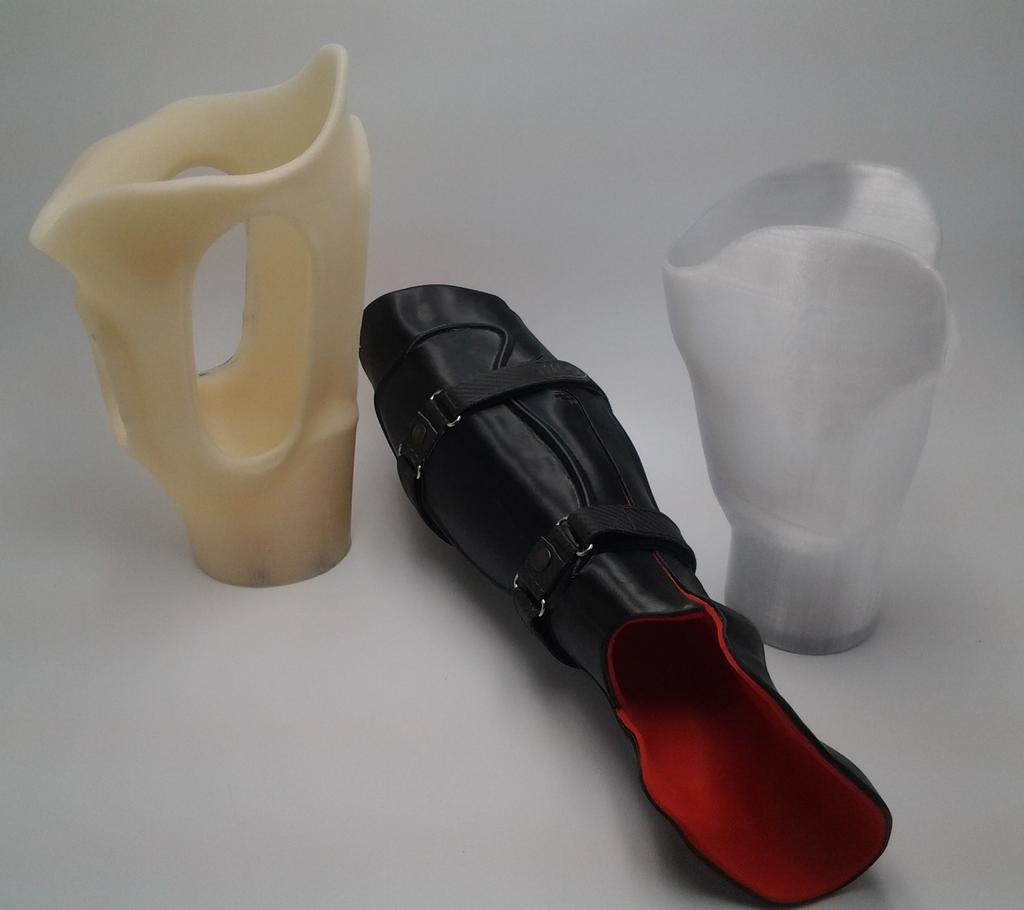
One application for 3D printing that we are seeing a lot of potential in is the the field of prosthetics. Of course we all know the good work that projects like Enable and 3D Life Prints are doing, but 3D printing is already being used in the field of prosthetics as we speak. We have been following the French company Mathis Orthopédie for some time now on social media and specifically on their Twitter page.
We got in touch with them to know a little bit more about this exciting application for 3D printing. They use 3D printing not for the final application, but instead for the phase before that to make sure the prosthetic is fitting well and make sure the measurements and comfort are perfect.
Customization is one of the key aspects for prosthetics since no body is the same. 3D printing offers this on an unprecedented scale, but of course it doesn’t end there. Skills in both fields of prosthetics and 3D printing are essential in combination with the right materials.
With over 40 years of experience in prosthetics, Mathis Orthopédie is one of the leading companies in their field. 3D printing enables Mathis to customize the prosthetics for each and individual customer. It also significantly reduces waste and increases speed to bring the right prosthetic faster to the person in need by 3D printing the prototypes.
We have already seen 3D printing providing dramatic changes in bringing prototypes to life, products to the market and even finding its way into centuries old technologies like investment casting, but there are few ways where 3D printing can make such a personal impact on people daily lives as with prosthetics. Below is Mathis’ company video where you can see partially printed prosthetics being tested:
The material of choice they have been using is our colorFabb_XT, made with Eastman Amphora™ 3D polymer AM1800. Launched in September 2014, it is a fantastic functional engineering material. With colorFabb_XT we achieved to produce a filament that provides good strength and toughness, as well as certain FDA food contact compliances. It has found a wide audience amongst users looking for extra functionality. with a temperature resistance of 75+ degrees, this filament offers high strength and very high toughness, odor neutral processing, a styrene free formulation, FDA food contact compliance and BPA (Bisphenol A ) free formulation. It allows the user, like Mathis Orthopédie, to produce 3D printed functional products in a safe way.
colorFabb_XT was our first co-polyester based filament. Our portfolio of co-polyester based filaments, made with Eastman Amphora polymers, has since extended with the all-round nGen, the high temperature resistant colorFabb_HT and semi-flexible nGen_FLEX. You can find more about what co-polyesters are by clicking here.
The functionality that colorFabb_XT offers makes it a great material for prosthetics, as Mathis Orthopédie is using it. For visual prototyping, one of the materials Mathis uses is our colorFabb PLA/PHA natural, which has become a standard in the past 4 years as an extremely reliable filament.
For their printers they use Ultimakers and a Delta Tower.
Mathis Orthopédie strives for excellence in all aspects of the prosthetics they offer and have chosen colorFabb_XT as their primary material for this application. Be sure you visit their website (in French) and follow them on Twitter and Facebook, where they regularly share their works in progress.
This is the third part of an ongoing series of blogs about companies that use colorFabb filaments in unique and exciting ways. Recently we published about AKLIH, the Slovenian design company who use our woodFill filaments for their products, and last week we wrote about Spectra3D‘s use of 3D printing for investment casting. If you are interested in being part of this feature, or know a company who would be suitable, please contact us at sales@colorfabb.com
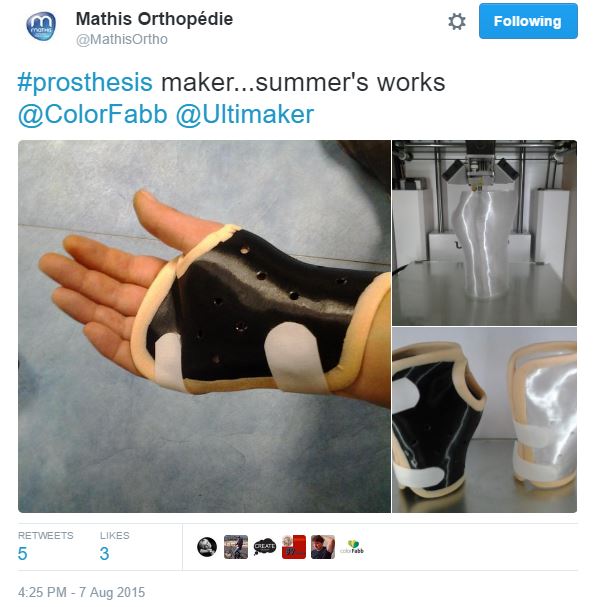
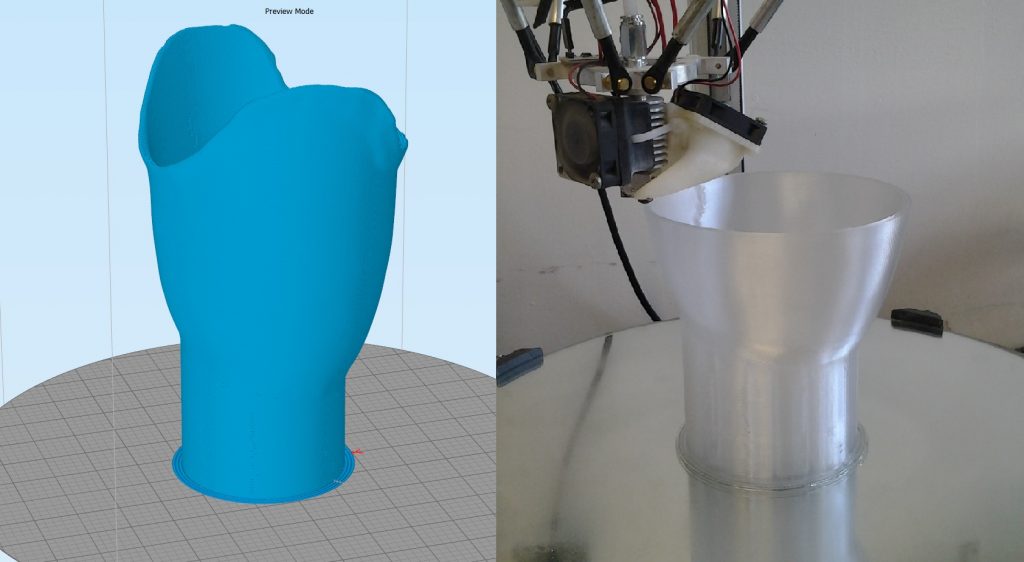
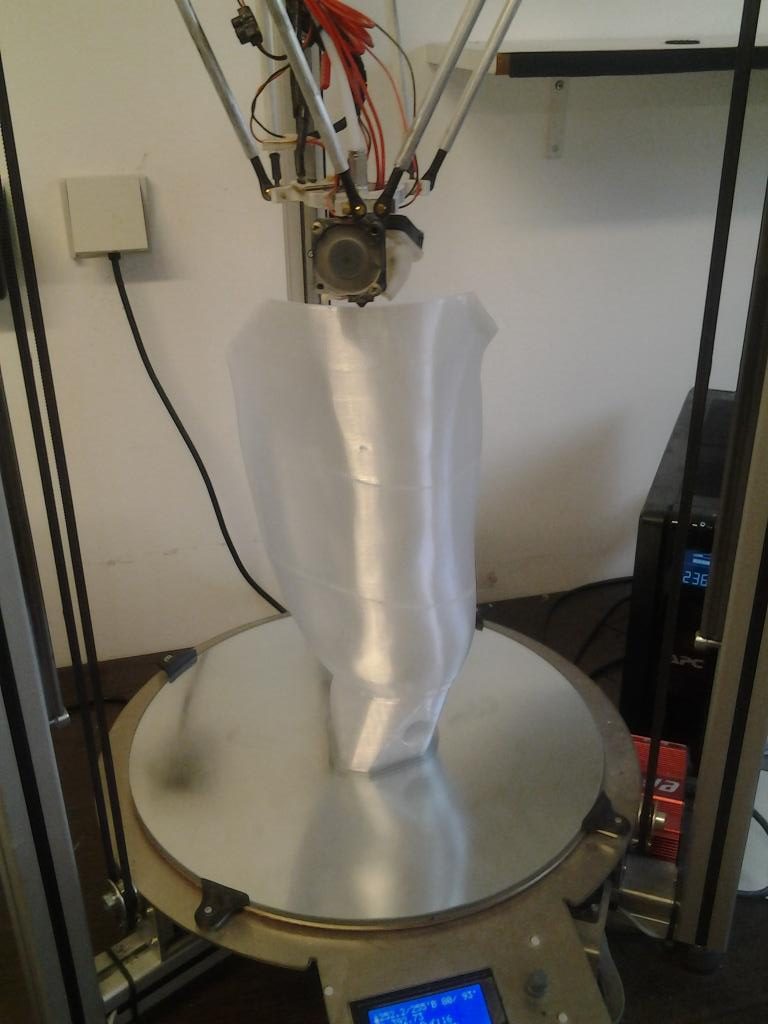


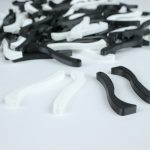
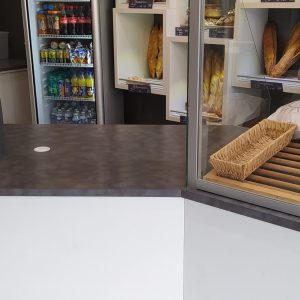



No comment yet, add your voice below!